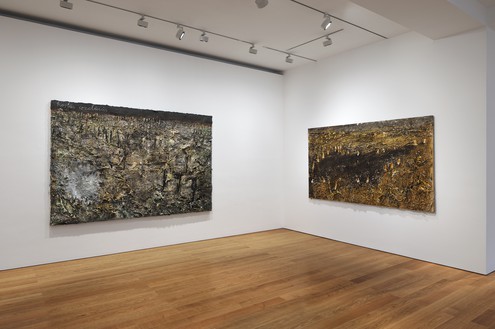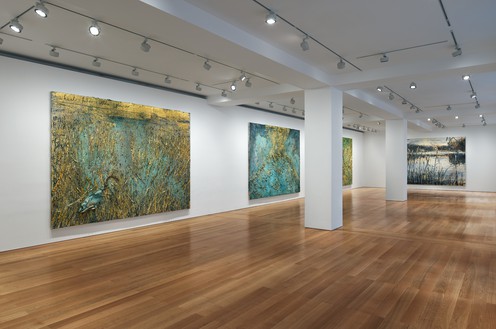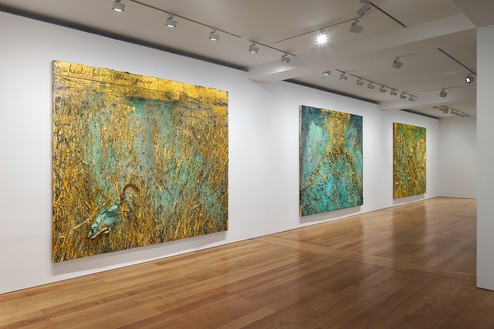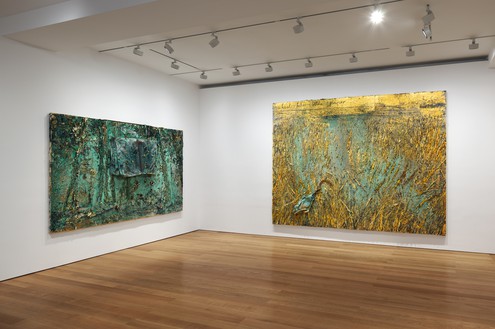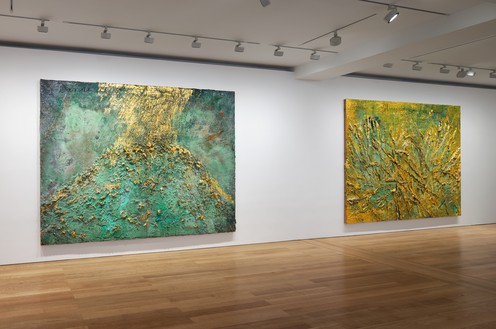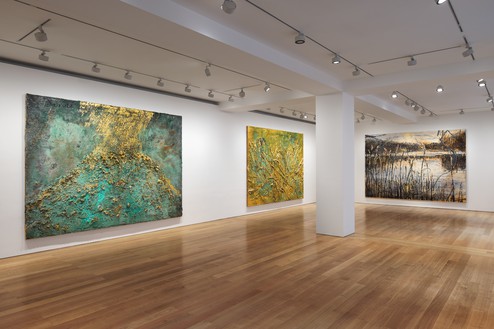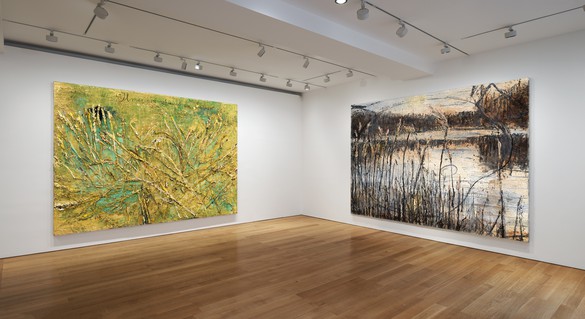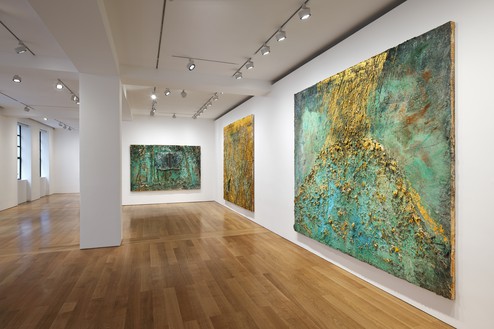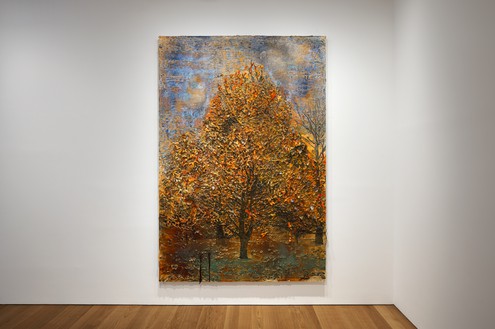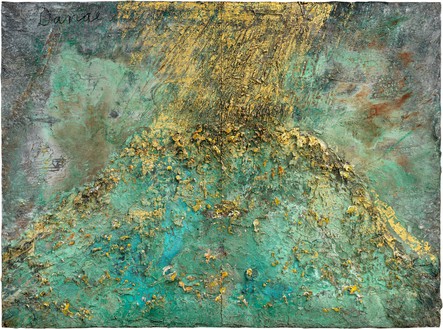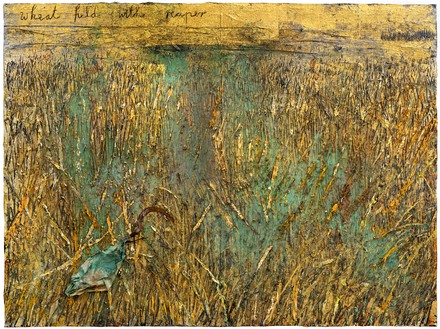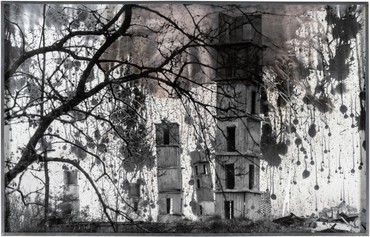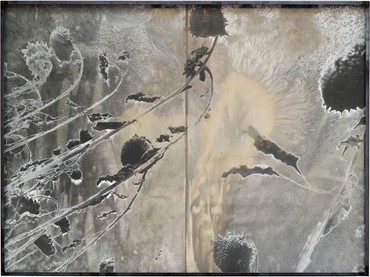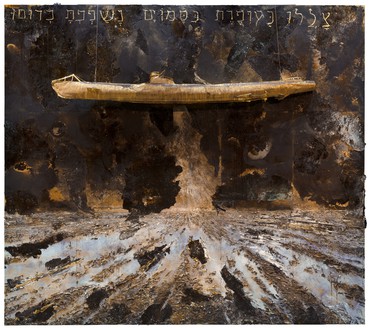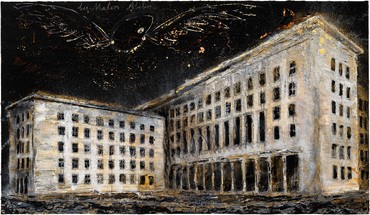About
Rubble is like a plant’s blossoms; it is the radiant highpoint of an incessant metabolism, the beginning of a rebirth.
—Anselm Kiefer
Gagosian is pleased to announce Anselm Kiefer: hortus conclusus, an exhibition that surveys four decades of the artist’s landscape paintings. Capping a year of exhibitions across Europe and the United States, this is the first to feature his work in Hong Kong for more than ten years.
Kiefer’s thirteenth solo exhibition at Gagosian since 1998, hortus conclusus follows Questi scritti, quando verranno bruciati, daranno finalmente un po’ di luce (Andrea Emo) at Palazzo Ducale, Venice (2022–23) and Exodus, a bicoastal exhibition presented at the gallery in New York (2022) and at Gagosian at the Marciano Art Foundation, Los Angeles (2022–23). This coming October, Lille Métropole Musée d’art moderne, d’art contemporain et d’art brut (LaM) in France will present Anselm Kiefer: Photography at the Beginning, the first exhibition dedicated to the artist’s photographs.
瓦礫就像植物的花朵一樣,是持續變形過程中最耀眼的高峰,也是重生的開端。
—安塞姆‧基弗(Anselm Kiefer)
高古軒欣然宣佈舉辦「安塞姆‧基弗︰與世隔絕的花園」展覽,回顧藝術家40年來的風景畫作。作為過去一年歐美展覽的壓軸盛事,「與世隔絕的花園」是基弗十餘年來首個於香港舉行的作品展。
「與世隔絕的花園」為基弗自1998年以來於高古軒舉行的第13場個展,而他在過去一年舉行的展覽包括於意大利威尼斯總督宮的「Questi scritti, quando verranno bruciati, daranno finalmente un po’ di luce (Andrea Emo)」展覽(2022至2023年),以及由高古軒於紐約(2022年)和洛杉磯馬西亞諾藝術基金會(2022至2023年)呈獻的美國東西兩岸展覽「Exodus」。今年10月,法國里爾大都會現當代藝術、原生藝術博物館(LaM)亦會呈獻「安塞姆‧基弗:攝影之初」展覽,作為首個展出基弗攝影作品的展覽。
基弗透過展覽名稱強調風景的寓言特性,拉丁文名稱「hortus conclusus」源自希伯來聖經《雅歌》。在中世紀和文藝復興時期的歐洲,此詞描述聖母瑪利亞身處於用作冥想的圍牆花園內之意象。基弗認為「hortus conclusus」的概念能展示大自然的壯觀和恬靜詩意,把生長、重生和生命循環變成主題。一如東亞繪畫的傳統,他創作的風景畫超越直接的再現,從而回應藝術和詩歌中表達的自然形態和力量。
創造與破壞、歷史與記憶的象徵意義,都是基弗由1970年代至今創作風景畫的重要基礎。在香港展出的畫作以豐富的色彩、濃厚的顏料、稻草和其他材料包圍觀賞者,也包含有關詩歌和神話的暗示。部分畫作描繪被焚毀或貧瘠的土地,其他則刻畫草木茂盛和四季更迭的畫面。
展覽中最早期的作品為《舒拉密斯,你的灰白頭髮》(Dein aschenes Haar, Sulamith,1981年作),作品援引了保羅‧策蘭(Paul Celan)的詩作,畫面隱喻焦土與灰土。而最近期的畫作《現在沒有房子的人永遠不會蓋房子》(Wer jetzt kein Haus hat, baut sich keines mehr,2022年作)則是一幅秋景作品,呈現一棵正在落葉的樹。作品從萊納‧瑪利亞‧里爾克(Rainer Maria Rilke)的詩作中汲取靈感,深刻思考短暫、堅忍和自然之美等主題。
《達妮》(Danaë,2014作)並非刻畫自然景象,而是利用金箔和銅溶液進行化學電解後的青綠色沉澱物,進行元素變態過程。這種獨特的物質也用於《林間小徑,致阿達爾貝特.施蒂弗特》(Waldsteig, Für Adalbert Stifter,2013至2019年作),畫中包含一本以鉛製成的書,而鉛亦是基弗常用的主題和物料。十九世紀奧地利作家施蒂弗特以對大自然的生動描繪而聞名,而基弗正是透過畫中的茂密藤蔓和花朵向這位文豪致敬。此外,《麥田裡的收割者》(Wheat field with reaper ,2014年作)亦向文森特‧梵高(Vincent van Gogh)致敬,梵高的人生和畫作均是基弗的重要參考。此畫的構圖參照了梵高生前的最後一幅傑作《麥田上的鴉羣》(Wheatfield with Crows ,1890年作),表面紋理立體而密集,小徑向著不同方向延伸,還有無法到達的高地平線。基弗與梵高一樣,著重風景畫的表現力,他透過運用傳統的「hortus conclusus」概念,同時探究自然力量與人類狀況這兩大範疇。
#AnselmKiefer
Artist
Downloads
Press
Gagosian
press@gagosian.com
Toby Kidd
tkidd@gagosian.com
+44 20 7495 1500
Sutton
Carol Lo
carol@suttoncomms.com
+852 2528 0792
In Conversation
Jerome Rothenberg and Charles Bernstein
Gagosian and Beyond Baroque Literary | Arts Center hosted a conversation between poets Jerome Rothenberg and Charles Bernstein inside Anselm Kiefer’s exhibition Exodus at Gagosian at Marciano Art Foundation, Los Angeles. Rothenberg and Bernstein explored some of the themes that occupy Kiefer—Jewish mysticism, the poetry of Paul Celan, and the formulation of a global poetics in response to the Holocaust—in a discussion and readings of their poetry.
In Conversation
Anselm Kiefer and Michael Govan
On the occasion of his exhibition Anselm Kiefer: Exodus at Gagosian at Marciano Art Foundation in Los Angeles, the artist spoke with Michael Govan about his works that elaborate on themes of loss, history, and redemption.
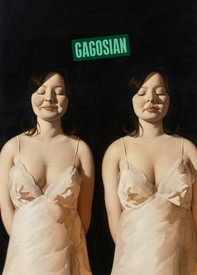
Now available
Gagosian Quarterly Winter 2022
The Winter 2022 issue of Gagosian Quarterly is now available, featuring Anna Weyant’s Two Eileens (2022) on its cover.
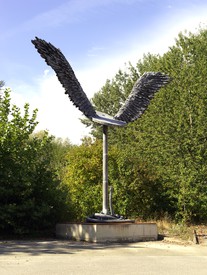
Hans Ulrich Obrist’s Questionnaire: Anselm Kiefer
In this ongoing series, curator Hans Ulrich Obrist has devised a set of thirty-seven questions that invite artists, authors, musicians, and other visionaries to address key elements of their lives and creative practices. Respondents make a selection from the larger questionnaire and reply in as many or as few words as they desire. For the fourth installment, we are honored to present the artist Anselm Kiefer.
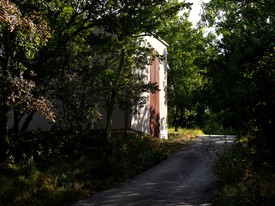
Anselm Kiefer: Architect of Landscape and Cosmology
Jérôme Sans visits La Ribaute in Barjac, France, the vast studio-estate transformed by Anselm Kiefer over the course of decades. The labyrinthine site, now open to the public, stands as a total work of art, reflecting through its grounds, pavilions, and passageways major themes in Kiefer’s oeuvre: regeneration, mythology, memory, and more.
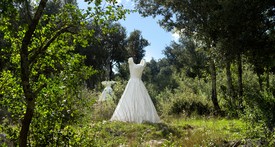
La Ribaute: Transitive, It Transforms
Camille Morineau writes of the triumph of the feminine at Anselm Kiefer’s former studio-estate in Barjac, France, describing the site and its installations as a demonstration of women’s power, a meditation on inversion and permeability, and a reversal of the long invisibility of women in history and myth.


